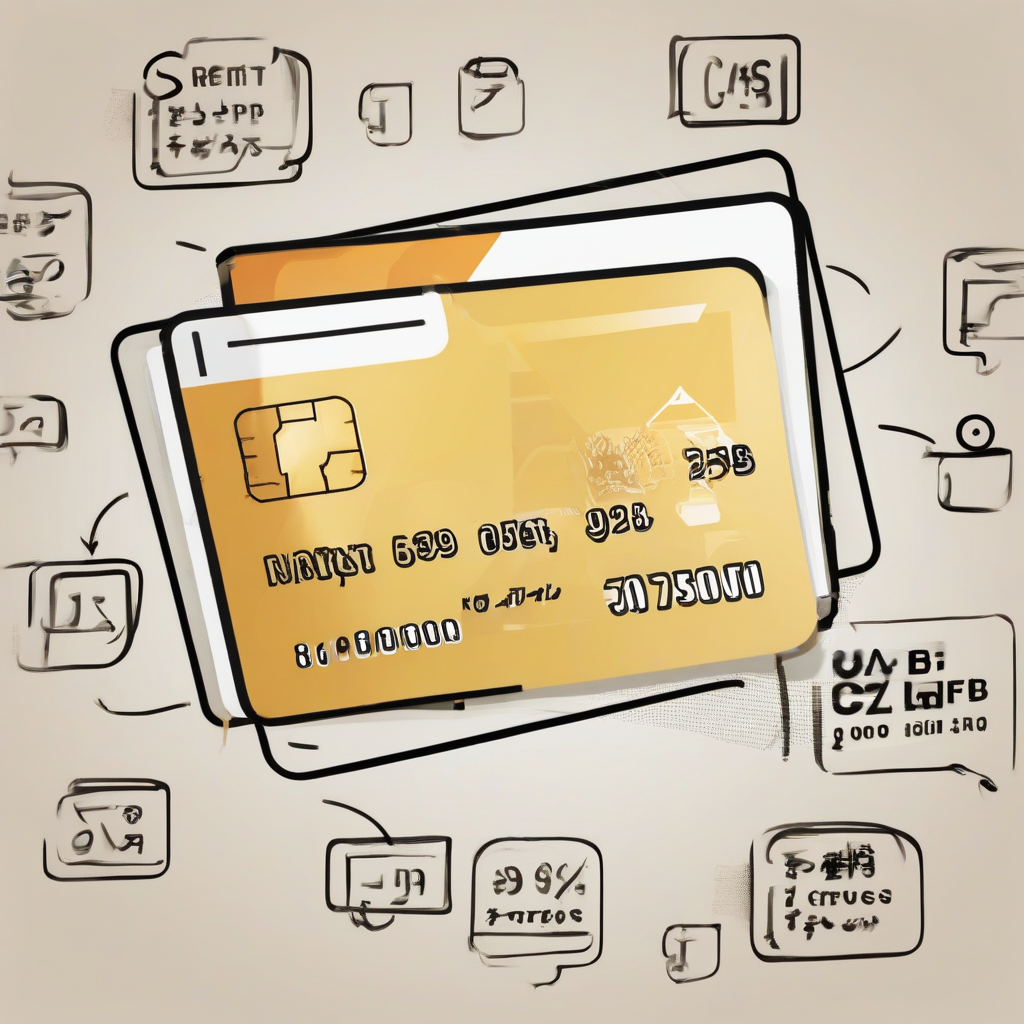Unlocking Financial Freedom: A Comprehensive Guide to Balance Transfer Credit Card Promotions
Balance transfer credit cards, particularly those offering promotional periods, can be a powerful tool for managing high-interest debt. This guide delves deep into the intricacies of these promotions, equipping you with the knowledge to make informed decisions and potentially save significant amounts of money.
Understanding Balance Transfer Credit Cards
A balance transfer credit card allows you to move outstanding balances from other credit cards to a new card. The primary advantage lies in the potential to lower your interest rate. High-interest credit card debt can quickly spiral out of control; balance transfers offer a path to break this cycle.
- Lower Interest Rates: The core benefit is the often significantly lower interest rate offered during the promotional period.
- Consolidation: Simplify your finances by consolidating multiple credit card debts into a single monthly payment.
- Debt Management: Provides a structured approach to tackling debt, making repayment more manageable.
Promotional Periods: The Heart of the Deal
The allure of balance transfer cards often lies in the promotional interest rate, typically 0% APR (Annual Percentage Rate) for a specific period. This period, ranging from several months to a year or more, allows you to focus on paying down the principal balance without accruing interest charges. However, it’s crucial to understand the implications of this temporary grace period.
- Introductory APR: This temporary low or 0% APR is a key feature of these promotions. It significantly reduces the cost of repaying your debt.
- Promotional Period Length: Carefully note the duration of the promotional period. Failing to pay off the balance before it ends will result in a much higher interest rate being applied.
- Post-Promotional APR: Understand the interest rate that will apply once the promotional period concludes. This rate is often considerably higher than the introductory rate.
Factors to Consider Before Applying
While balance transfer cards can be beneficial, they are not a one-size-fits-all solution. Careful consideration of several factors is essential before applying.
- Credit Score: Your credit score significantly impacts your eligibility for these cards and the terms offered. A higher credit score usually translates to better terms.
- Balance Transfer Fees: Many cards charge a fee, typically a percentage of the transferred balance, for transferring your debt. This fee can eat into your savings if not carefully considered.
- Payment Requirements: Understand the minimum payment requirements. Paying only the minimum may extend the repayment period and negate the benefits of the promotional rate.
- Annual Fees: Some balance transfer cards may charge an annual fee, which can add to the overall cost. Weigh the potential savings against this fee.
- Eligibility Requirements: Each card issuer has specific eligibility criteria. Carefully review these to ensure you meet the requirements before applying.
- Comparison Shopping: Don’t settle for the first offer. Compare offers from multiple issuers to find the best terms, considering APR, fees, and the promotional period length.
Strategies for Maximizing Balance Transfer Benefits
To effectively utilize a balance transfer card and achieve debt reduction, employ these strategies:
- Prioritize High-Interest Debt: Transfer balances with the highest interest rates first to maximize savings.
- Create a Repayment Plan: Develop a realistic repayment plan to ensure you pay off the balance before the promotional period ends. Consider using debt repayment calculators to determine your monthly payments.
- Avoid New Purchases: Refrain from making new purchases on the balance transfer card during the promotional period to avoid accumulating new debt.
- Track Your Progress: Regularly monitor your progress to ensure you are on track to pay off the debt within the promotional period.
- Automate Payments: Set up automatic payments to avoid missed payments and potential late fees.
- Consider Debt Consolidation Loans: In some cases, a debt consolidation loan might be a better option than a balance transfer card, especially if you have a substantial amount of debt or poor credit.
Potential Pitfalls to Avoid
While balance transfer cards offer significant potential for savings, neglecting certain aspects can lead to unforeseen consequences.
- Missing the Deadline: Failing to pay off the balance before the promotional period ends can result in accumulating high interest charges quickly.
- Ignoring Fees: Overlooking balance transfer fees can significantly reduce your savings.
- Making New Purchases: Using the card for new purchases during the promotional period negates the benefits of the low interest rate.
- Poor Financial Planning: Lack of a clear repayment plan can lead to extended repayment periods and increased overall costs.
Choosing the Right Balance Transfer Card
The selection process involves careful evaluation of several factors to ensure the chosen card aligns with your financial goals and circumstances.
- Interest Rate: The lower the APR, the more you save.
- Promotional Period: A longer promotional period gives you more time to repay the balance.
- Balance Transfer Fees: Aim for cards with low or no balance transfer fees.
- Annual Fees: Avoid cards with high annual fees unless the savings from the lower interest rate significantly outweigh them.
- Credit Limit: Ensure the card’s credit limit is sufficient to cover your existing debt.
Alternatives to Balance Transfer Cards
Balance transfer cards aren’t always the best solution. Consider these alternatives:
- Debt Consolidation Loans: These loans consolidate multiple debts into a single monthly payment, often with a lower interest rate than credit cards.
- Debt Management Plans (DMPs): Credit counseling agencies can help you negotiate lower interest rates and create a manageable repayment plan.
- Balance Transfer Checks: Some banks offer balance transfer checks that allow you to transfer balances from other credit cards to a checking or savings account.
Conclusion (Not included as per instructions)
